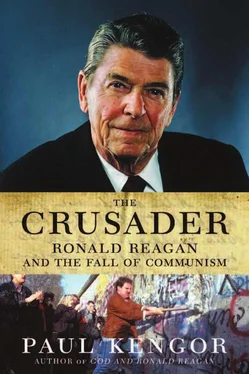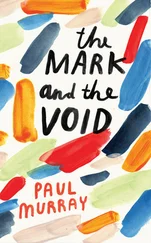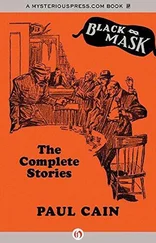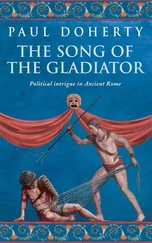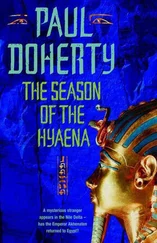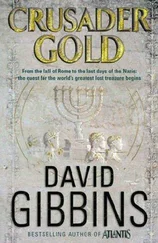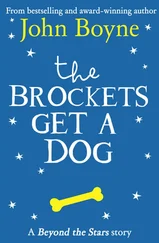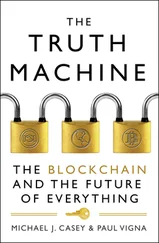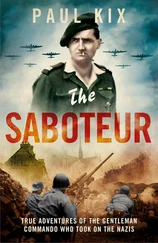To the left of the ADA, Reagan’s testimony was so solid that he even managed to please the Daily Worker. The New York-based Communist Party organ called the HUAC session a “kangaroo court” but was impressed that Reagan “proved a reluctant witness, refusing to parrot back to…Thomas his suggestion that outlawing the Communist Party was desirable.” The Daily Worker underscored Reagan’s quote from Jefferson and remarks on making democracy work, while castigating Thomas. 32It was perhaps the first mention of Reagan in the Communist press and it was positive, but it was a far cry from what was to come.
Reagan himself was satisfied with his HUAC appearance. He had confirmed to the congressmen that there were a number of Communists present in Hollywood, but he had stood by his principles and avoided outing any of them. Reagan did, however, oppose the presence of party members in SAG leadership positions, and his testimony only reaffirmed his thinking. After the long train ride home from Washington to Los Angeles (Reagan refused to fly in those days), he redoubled his efforts, considering a variety of new tactics for combating Communism in the years to come.
On November 10, 1947, the SAG board voted that no officer or board member could serve without first signing an affidavit swearing “that he is not a member of the Communist Party nor affiliated with such a party.” Board meetings revolved around the Communist issue. 33At Reagan’s insistence the SAG board was cleaning house, and there would be no welcome mat for Red infiltration.
While his work in the forties built the backbone of his opposition to Hollywood Communism, in 1950 Reagan launched his first anti-Communist crusade—literally. That year saw the formation of the Crusade for Freedom, headed by the colorful, brash General Lucius Clay, who two years earlier had advised President Truman that U.S. tanks crash Joseph Stalin’s blockade at Berlin. Long before Reagan resurrected the notion as president over thirty years later, the Crusade for Freedom called for “rollback”—for reversal of the Soviet empire. The eventual 1980s Crusader fully embraced the 1950 Crusade from the moment of its inception. He appeared at Crusade for Freedom rallies and raised money for the organization in its bid to free the “captive peoples.” “More than any other performer,” writes author Peter Schweizer, “Reagan embraced the cause and spread the word.” 34
In an attempt to bolster additional Hollywood support for the movement, Reagan passed a resolution in SAG to encourage other actors to get involved in the Crusade. For Reagan, the policy of liberating Eastern Europe from Soviet control was not simply just another political issue; it was an imperative. He used much of his industry clout to encourage support for the cause, taping a short film for civic groups, churches, and schools to bolster support at the grassroots level and beyond.
Shortly thereafter, Reagan enlisted in another crusade, when he began giving speeches in rallies before Dr. Fred Schwarz’s Christian Anti-Communist Crusade. 35This crusading group, as its name suggested, devoted special attention to the institutionalized atheism and endemic religious hatred that inspired the USSR and Communist movement.
Generally speaking, Reagan was becoming a seasoned veteran of antiCommunist campaigns. He continued crusading in Hollywood, always looking to protect the industry from subversion. “By the early 1950s,” wrote author John Meroney, referring to Reagan’s efforts at SAG in particular, “the back of the Communist Party in Hollywood” was “essentially broken.” 36No less than Jack Warner said Reagan “turned out to be a tower of strength, not only for the actors but the whole industry.” 37More than one Hollywood associate described him as a “fearless foe.” 38
An eye-opening testimony to this effectiveness was the April 10, 1951 HUAC statement by Sterling Hayden. Hayden admitted he had been a Communist but left the party after the direction he saw Communism take under Stalin. He said that joining the party was the “stupidest, most ignorant thing I have ever done” and explained how Hollywood Communists tried to organize all of the entertainment industry’s labor unions under one giant union controlled by the party. When asked by HUAC what stopped them, Hayden said assuredly: “They ran into a one-man battalion named Ronald Reagan.” 39
A large part of Reagan’s success in his fight stemmed from the fact that he studied the tactics of the enemy. One such tactic was the “diamond formation” seating strategy employed by just four conspiratorial Communists to manipulate a crowd during a speech. One of the four would sit in the back of the room in the middle of the row, while another Communist would be to his left near the wall in the middle of the room. Yet another would be just opposite to his right, and the fourth would be up front in the middle of the first couple of rows. Each of the four heckled and asked abrasive questions from their strategic vantage point, and this simple method quickly became a highly valuable tool for rattling the speaker and suggesting a strong presence of dissenters. 40This was down and dirty hardball politics. Perhaps, then, it was no coincidence that at this time Reagan often invoked words like “victory” and “fight” in his rhetoric.
As a further indication of how the confrontation pervaded his thoughts, Reagan infused anti-Communist statements into SAG pronouncements that had nothing to do with Marxism. An example was a declaration at his final meeting as president of the guild on November 9, 1952. Under Reagan’s tutelage, SAG called upon motion picture producers and the entertainment industry in general to provide greater employment for African-American actors; the statement was critical of recent “well-intentioned but ill-directed” efforts to avoid casting black artists in stereotypical black roles, which, said SAG, had caused “inadvertent harm” by creating a sudden dearth in available roles for black actors. And yet, Reagan’s SAG could not help but link its declaration to the battle against Moscow. “In a critical world period, when the democratic credo is under fire from our Communist foes,” declared SAG, “it becomes increasingly important that the expanding role of our Negro citizens in the community of this nation be adequately portrayed in the entertainment art.” 41
WITH PROCLAMATIONS SUCH AS THIS, REAGAN HAD TAKEN HIS fight to the front lines of his SAG presidency. Announcing his agenda to both the entertainment industry and the nation, Reagan’s name as an actor was becoming synonymous with his efforts to curb the spread of Communism at home and abroad. By the time his tenure at SAG ended in 1952, Reagan had overseen the union through some of its most dangerous moments, ensuring that the integrity of the institution remained sound and that the Communists failed to gain a foothold in America’s most influential medium.
Having accomplished certain goals in Hollywood, it was now time for him to shift his focus to a burgeoning new industry, a young but promising field that gave him the opportunity to speak to groups that were previously out of reach. With his film career floundering, his attention would turn to a medium that gave him access to the hearts and minds of millions of Americans around the country, a medium that placed him straight into their living rooms.
3. The TV Crusade: 1950 to mid-1960s
BY THE EARLY 1950S, RONALD REAGAN’S POLITICAL INTERESTS were flourishing, but these interests were beginning to take their toll on his wife Jane Wyman. In her divorce papers, she cited his obsession with politics as a primary factor in their separation. It was a divorce that Reagan had not wanted and one that disturbed him greatly. To Reagan, marriage was an institution that should last forever and his inability to find permanence in his bond with Wyman became a source of major failure for him.
Читать дальше
